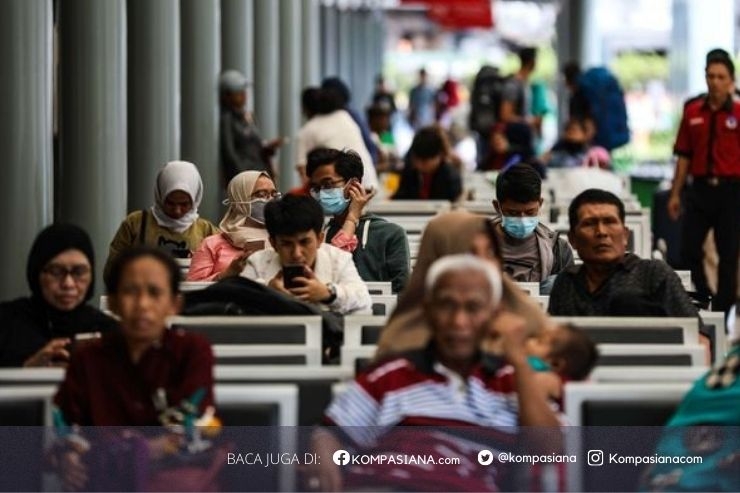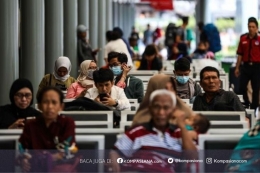Introduction
Labor migration has been a crucial factor for economic growth, it shapes policies for international trade in the world. The current agreement between The Gambia and Spain for labour migration offers a practical examination of how this kind of arrangements impact economic development, job creation, and international relations. This Memorandum of Understanding (MoU) was signed on August 28, 2024, and later endorsed by the parliament of The Gambia on the 19th of October 2024, this is planned to create seasonal employment opportunities in Spain for Gambian labourers. By looking at the economic rationale in relation to this agreement, it has both gains and challenges for both these two parties, and it also has wider impacts for trade and economic growth, we can benefit from the changing dynamics of labour movement and international economic linkage (World Bank, 2023).
Labor migration and international trade
International trade and labour migration are fundamentally interrelated. The migration of labourers from one country to the other is always caused by inequalities in the supply of labour and the demand for labour, the conditions of the economy, and policy outlines. In various emerging nations, remittances coming from emigrant workers contribute a great part of GDP, causing high domestic consumption, investment opportunities, and general economic steadiness. In The Gambia, which is a small economy with limited opportunities of employment, labour migration offers a critical chance for poverty reduction and development of skill (International Organization for Migration, 2022). On the other side, Spain, faces labour scarcities in its vital areas like agricultural sector, hospitality and hotel management, and construction sector. This agreement is designed as a form of circular migration, allowing Gambian labourers to legally move to Spain for seasonal employment and return home after the expiration of their contracts. This kind of programs, if effectively and properly managed, can significantly reduce irregular migration, create solid economic relationship between The Gambia and Spain, and contribute efficiency to International Labour Market (ILO, 2021).
This type of bilateral labour agreements (BLAs) like the Gambia-Spain agreement can play a critical role in shaping the patterns of migration. Studies suggest that going into a Bilateral Labour Agreement can rise migration by 76% in ten years period after the implementation of program, with future impact which can last up to thirty years period (OECD, 2020). This is important particularly for Spain, which has already made a similar agreement with countries such as Morocco and Ecuador to effectively manage labour migration. By creating a pathway for organised and legal migration, such agreements aid in regulating the supply of labour, it also ensures conducive working environments, and improves skill between countries (Ruhs, 2019). For the case of The Gambia, this agreement would create a way for future economic partnership with Spain and the wider European Union nations.
Opportunities and Challenges
The number one advantages of such an arrangement brings economic gains to both nations. For Gambian labourers, the chance to work in Spain offers good wages, conducive working conditions, and the potential of acquisition of skills that may be beneficial to them after their return (Adams & Page, 2019). Remittances that the workers send home plays a critical role in helping families in the Gambia, investing in educational sector, and promoting entrepreneurial activities or business. For the case of Spain, the arrival of circular migrant labourers will bridge labour gaps in industrial sectors, enhance economic productivity and create competitiveness among business. Furthermore, if this kind of migration initiatives are well managed, can solve the issue of irregular migration by offering safe and legal manner for employment abroad (Dustmann & Görlach, 2016).
However, with all the potential gain from the labour migration, the execution of the Gambia-Spain labour migration agreement has its own challenges as well. The implementation of phase one of the agreement, the Gambia immigration department received high volume of application from Gambian youths. Ultimately, the program need only 50 labourers, leading to criticism concerning transparency and selection process (Alkamba Times, 2025). Properly handling expectations of people is critical in such kind of agreements, as unmet expectations may lead to disappointment and can even encourage irregular migration. Additionally, people have raised concerns about the working conditions under this agreement will be in line with international labour standards. If there is no proper oversight and mechanisms to protect workers, there may be exploitation of labourers, paying them with little wages which is far less than the value of their labour, and there may be lack of protections for migrant labourers as well (ILO, 2022). To address these challenges there is a need proper governance, proper communication, and active teamwork between the two governments, the labour organizations that involve in the recruitment, and civil society association.
Labor Migration Agreements and Their Impact on Development
From the economic standpoint, this kind of labour migration agreements contribute to international trade by encouraging bilateral relationship between countries. Research shows that migrant connections play a vital role in enabling a conducive environment for trade and investment, as they create business relationships that boost economic collaboration (Parsons & Vézina, 2018). For the case of The Gambia-Spain agreement, it could serve as a beginning for expanded economic relationships beyond labour migration. For example, good diplomatic relations can lead to risen trade in goods and services, provide investment opportunity in Gambian infrastructure, and transfer of knowledge to the people benefiting from this agreement. Integrating labour migration into trade agreements can improve regional economic integration, especially within the Economic Partnership Agreements frameworks (EPAs) among European Union countries and African countries (European Commission, 2021).
The implication of Labour Migration







